

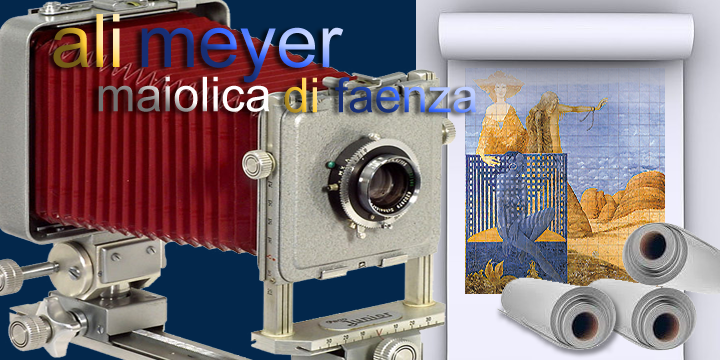
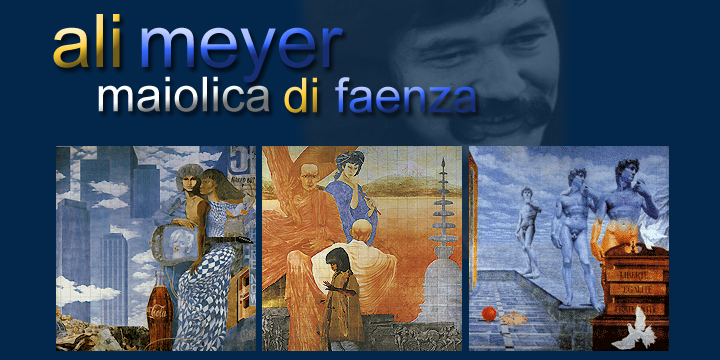
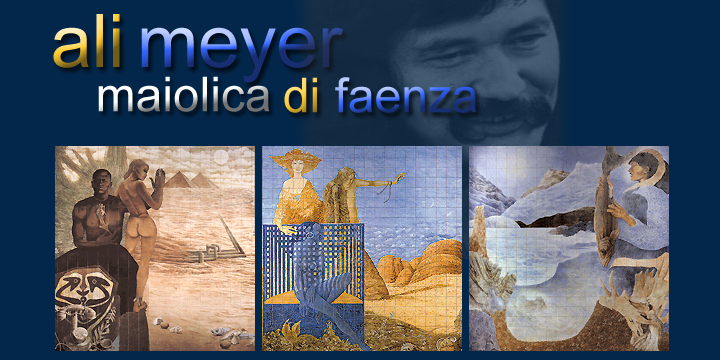

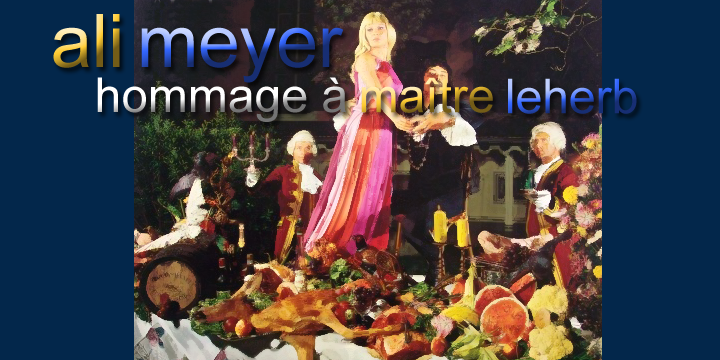
Ceramics with coloured lead or tin glazes have been manufactured since as early as the 4th millennium BC in Egypt and Greece. The Arabs brought the fayences to Spain, from where they were introduced into Italy. This took place mainly from Majorca, known as majolica. From Faenza, a small town in the south of Florence, spread a complete change in style in the 16th century.
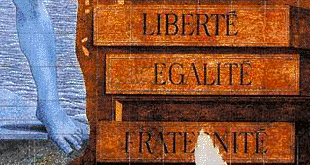
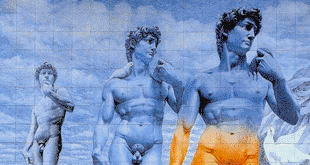
"The Continents"" had been created by Helmut Leherb, assisted by Ali Meyer. Starting with a little origin painting, an enormous black and white paper enlargement by 64 m² for each continent was produced, for transmitting the layout and the perspective to the fayence material. Regarding to the jumbo size photo enlargements, it was painted by the Mâitre with high temperature colours and then melted on again at more than 1100 degrees Celsius. Depending on the kind of colour material used a third firing was needed in order to fix the glaze.

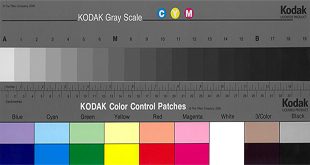
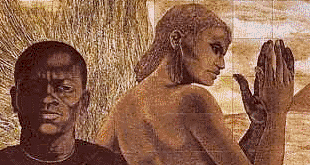
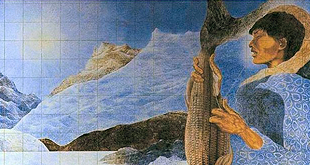
To "puzzle" each continent with 64 m² of 8x8m origin image, the largest fayence paintings of the 20th century are builded up with more than 3500 little ceramic plates. This was the first time I got in touch with the "asian culture", before creating the masterpieces of the Temple of the Emerald Buddha, a cross-cultural production for the Royal Thai Court, Bangkok, Thailand.
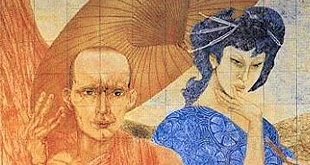
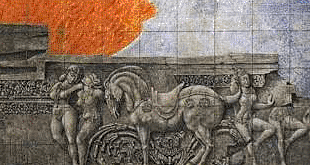
The Fayences of Mâitre Leherb. Former Vienna University of Economics and Business Administration in Vienna's 9th District.
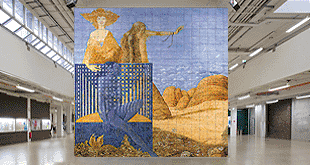

Saturday 29 November 2025 | © all rights reserved, designed and powered by ali meyer media services
Template by OS Templates